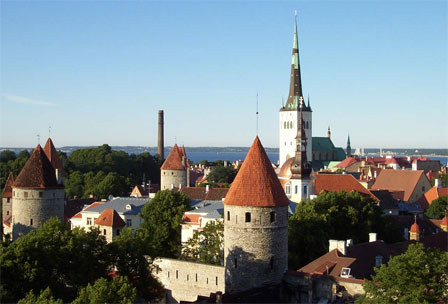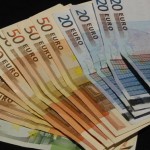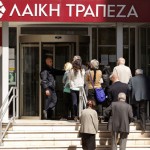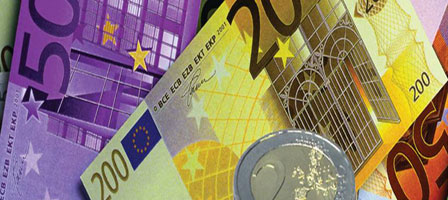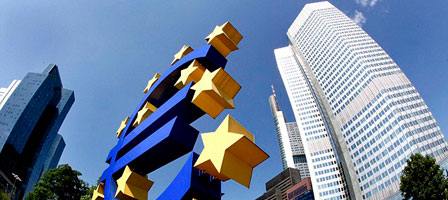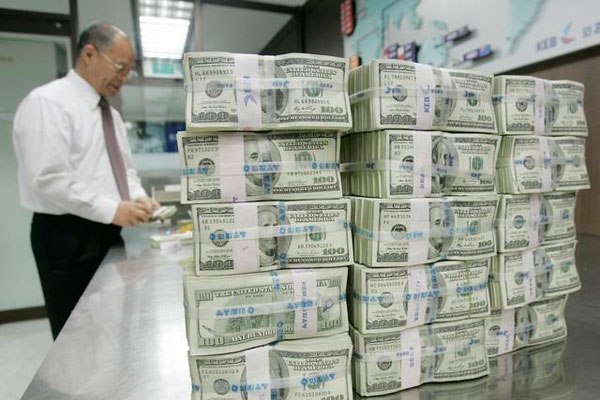Estonia, across the Baltic, with close linguistic, historical and economic ties with Finland and Sweden, is a nation of just 1.3 million. After it regained its independence in 1991, it opted for free trade, flat taxes, fiscal and monetary restraint and stable exchange rates. Its economy grew fast, and Estonia sought close ties with its neighbours to the west, entering both the European Union and NATO.
Estonia tackles crisis head-on
The flood of cheap credit produced a property bubble that burst following the global credit crisis. However, it was one of the few countries to tackle the resulting problems head-on. Public spending was slashed, taxes were increased and pay cuts averaged 20 per cent. Rents and other prices were cut, too.
This was an “internal devaluation” designed to curb fiscal deficits and restore the economy’s international competitiveness without weakening the currency. It was savage, with fiscal tightening of 7½ per cent of GDP in a single year.
Famous economists like Nobel Prize-winner Paul Krugman said such policies would be a disaster. He was quite wrong.
Unemployment did soar above 15 per cent. But the population supported the government’s tough, free-market-oriented policies, which were designed to keep the currency stable and meet the terms set for entry into the Eurozone such as a fiscal deficit of no more than 3 per cent of GDP.
The nasty medicine brought a quick cure. Exports took off, so the foreign trade balance swung from a deficit of 17 per cent of GDP in 2007 to a surplus of 5 per cent in 2009 (it’s still in surplus). Share values soared, as did foreign direct investment (especially by Finnish companies seeking to outsource). The country’s credit default risk rating plunged.
After suffering the second-worst recession in the European Union in 2009, its economy took off like a rocket. Last year it grew almost 9 per cent, easily the fastest in Europe. With one of the world’s lowest public debt ratios, this tiny nation’s sovereign bonds are rated almost as highly as US Treasuries.
Iceland has followed policies diametrically the opposite of Estonia’s. They have also been a success, although less so, perhaps because its crisis was so much worse.
When the global credit bubble burst, this tiny nation in the North Atlantic (just one third of a million people) was crushed because it was an extreme example of bubbledom. It had turned itself into an international banking centre based on foreign borrowing ten times larger than its economy. There was a financial mania, with even fishermen being given jobs trading currencies.
But instead of trying to save its three banks, Iceland let them go bust. Their shareholders were wiped out. Although domestic savers were protected, foreign depositors and bondholders were sacrificed. Capital controls were imposed. A bail-out loan was sought and received from the International Monetary Fund, but the currency was allowed to crash, losing half its value in dollar terms. The government expanded its social safety net, increasing payments to poorest citizens.
Although put under intense pressure to refund the British and Dutch governments for the compensation paid to their citizens’ lost savings in Icelandic banks, Iceland refused to agree to more than partial, delayed compensation. That is an ongoing dispute still far from being resolved.
read the previous article – Lessons from the Sauna Club
read the next article – After disaster, the bounce-back gathers momentum
CopyRight – OnTarget 2012 by Martin Spring
